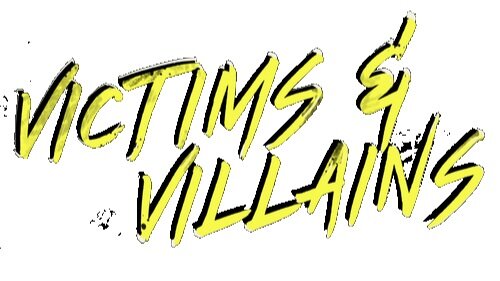The older I get the more I realize just how divisive Christmas really is among people. Growing up, Christmas was always this warm time of year where you got to see family and get presents. Not to mention, some of the best films ever set to reel in Dr. Seusss’ How the Grinch Stole Christmas, Elf, It’s a Wonderful Life & more. Let’s not forget about those Claymation specials. Everyone’s not like me. The older I get the more that nostalgic wonder seems to escape from me. Not necessarily because I’m jaded towards the holiday or have some negative feelings towards it. On the contrary, it’s because my focus has shifted to be more on family and the people I’m around than the things I can consume.
This is one of the toughest times of the year for people. Depression hits high, suicides are considered more and more around this time. The pressure is on to create this wonderland of things you probably won’t need or even touch in a year or two. For a group of sorority sisters, they hate Christmas for a completely different reason. 1974’s Black Christmas from Bob Hope was a revolutionary title for the horror genre. Many consider the film to be the first slasher film. Predating the iconic Michael Myers led Halloween by 4 years. The film tells the story of a sorority house that is haunted by a mysterious killer – murdering off the sisters one by one.
Christmas has a beautiful way of storytelling. While its roots are based in horror, it borders the mystery genre so closely. It’s kind of like majoring in one subject, only to minor in another. Christmas hits that beauty in strides here. Continuously leaving viewers on the edge of their seats to find out who the killer in is. In balancing the two genres side by side, Clark is able to create some truly gripping and unsettling feats by his shots. The majority of the murders are implied by quickly cut away or sliced over something far less menacing. Which in the end results in some of the most haunting sequences within the genre. Clark is a master of suspense with the environment he is able to create. Completely gripping the audience from start to finish.
Though, that grip is a total win at all times. With a sorority setting, the film is able to maintain a unique identity. However, overstuffs some of the storytelling aspect. Almost kind of have that feeling of feeling like you have to “flesh” out all the characters. Outside of Olivia Hussey & Margot Kidder, the characters feel two-dimensional with no development or promise of growth. These individual characters, while it does help fill out the setting – it robs the true intimacy of the storytelling that Clark is going for.
Overall, Black Christmas, is the quintessential Christmas horror film. Thanks to director, Bob Clark, the film creates an unsettling environment of both mystery and horror. Crafting sequences that claims victims but quickly splices to the next moment – leaving a lasting impression and allowing the mind to create the true horror for the viewer. The Margot Kidder death sequence in particular is quite haunting and a true example of Christmas’ genius. Kidder and Olivia Hussey lead the sorority sister cast that feels void and empty outside of them. While the sorority house gives the unique identity, it loses largely some of its narrative. Attempting to flesh out character by one or two traits – these sisters are nothing more than two-dimensional and a waste of screen time. Black Christmas, even for all its coal, is still a genre defining film for good reasons.
RORSCHACH RATING:
And more importantly, if you or someone you know is struggling with suicide, addiction, self-harm or depression - please free feel to reach out. Use any of our resources, call the suicide lifeline (1-800-273-8255) or text 741-741.
Music by Beggars. Black Christmas 1974 is property of Warner Brothers Pictures. We do not own nor claim any rights. Promo by Grave Girls.



